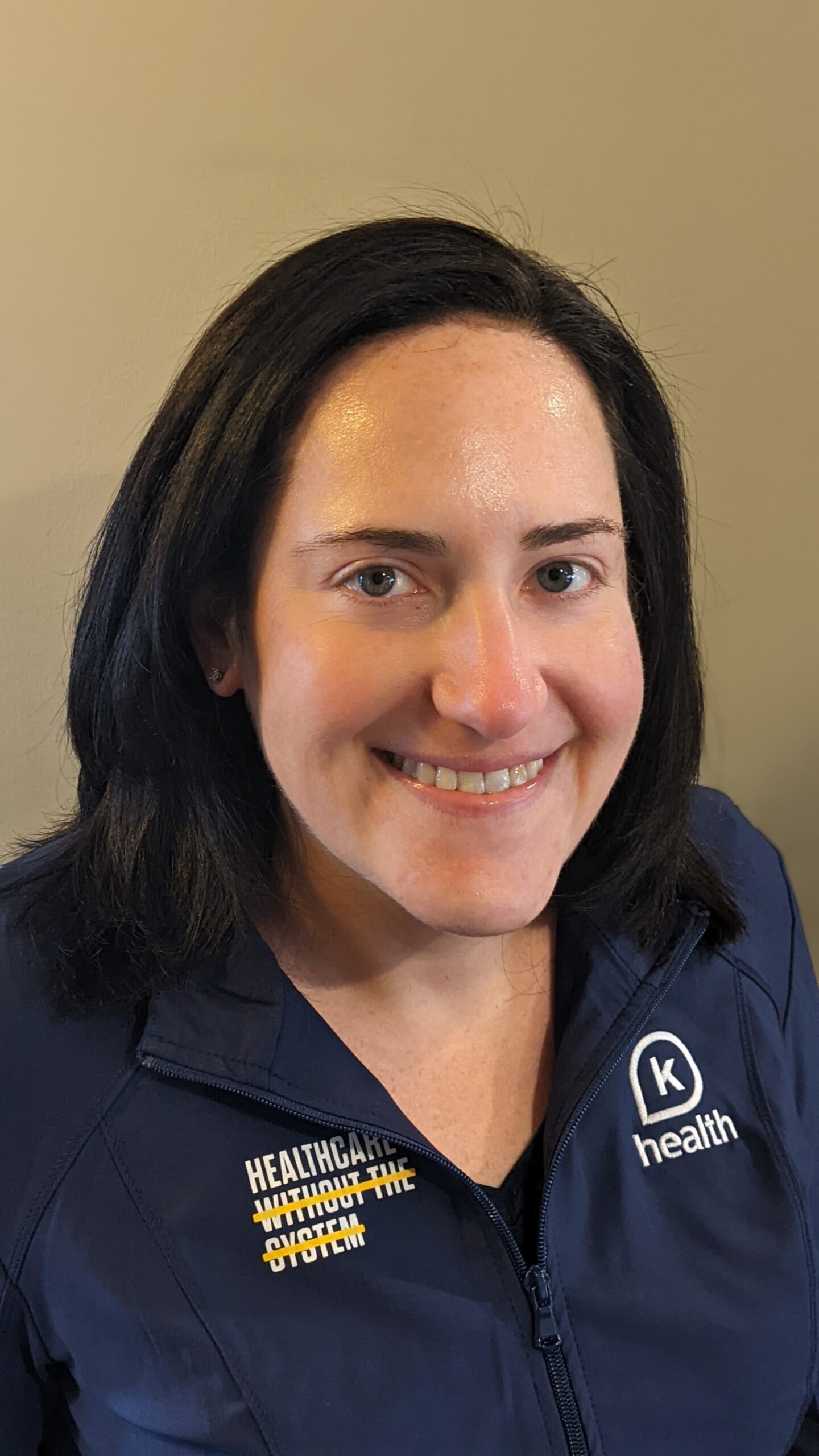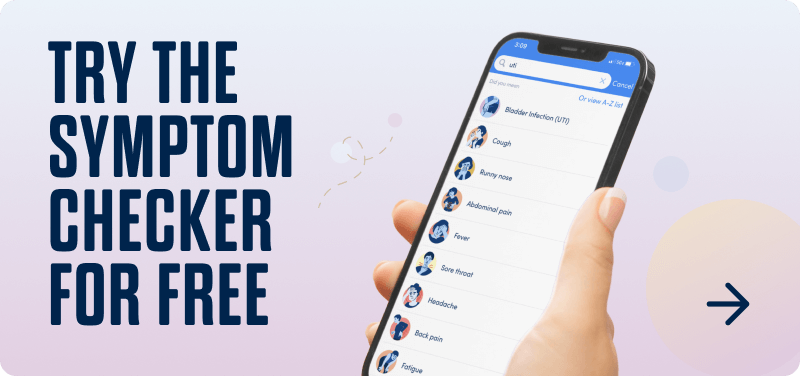Both type 1 and type 2 diabetes are chronic conditions that cannot be cured. They both happen because of problems with insulin, but they are caused by different factors. In this article, we’ll explore the causes, symptoms, and how these two types of diabetes are different. We will also discuss risk factors, treatment, and how to know when you need medical care.
Type 1 vs Type 2 Diabetes
Even though type 1 and type 2 diabetes have a similar name, they are different disorders with different health consequences.
The main difference between the two is that type 1 diabetes is an autoimmune disorder that happens when the immune system prevents the pancreas from making insulin. Type 2 diabetes develops in response to metabolic changes, like weight and lack of exercise, that reduce how well the body responds to insulin.
Type 1 diabetes typically develops in childhood, although it can occur in adults. Symptoms are usually noticed suddenly or appear rapidly over the course of a few weeks. Type 2 diabetes may take years to develop, with symptoms gradually building over time.
Talk to a doctor from home
Manage diabetes medications without leaving your house.
Causes
Researchers have associated type 1 diabetes with an autoimmune problem. The immune system is meant to protect against viruses, bacteria, and other pathogens. Sometimes it can mistakenly attack parts of the body. In the case of type 1 diabetes, it impacts how the pancreas is able to make insulin.
People may have genetic risk factors for autoimmunity, but other things like environmental exposures and infections could play a role.
Type 2 diabetes may also have a genetic risk factor or predisposition for overweight or obesity, but the most dominant risk factors are associated with lifestyle, diet, and physical activity.
Symptoms
Both types of diabetes can cause some common symptoms.
- Frequent urination
- Excessive thirst or hunger
- Blurry vision
- Dry skin
- Poor wound healing
- Skin changes, conditions, or rashes
- Fatigue
People who have undiagnosed type 1 diabetes may also experience unintended weight loss and hypoglycemia episodes.
Key Differences Between Type 1 and Type 2 Diabetes
- Type 1 diabetes is an autoimmune disease, while type 2 diabetes is a metabolic disorder that occurs from several factors involving weight, lifestyle, and lack of physical activity.
- There is no cure for either type of diabetes. Type 1 diabetes will always need careful insulin management, while type 2 diabetes can sometimes be managed with diet and lifestyle modifications but also may require medications.
- Type 1 diabetes can develop suddenly over a few weeks, while type 2 diabetes may take years to show signs or symptoms.
- Type 1 diabetes most often appears in childhood and is sometimes called juvenile diabetes. Type 2 diabetes is typically diagnosed in adulthood.
Risk Factors
Each type of diabetes has specific risk factors.
Type 1 Diabetes
The known and potential risk factors for type 1 diabetes are:
- Family history (parent or sibling with type 1 diabetes)
- Immune sensitization following certain viral infections
- Younger age
Not everyone who develops type 1 diabetes will have clear risk factors. There are also possible associations with breastfeeding status, nutritional factors, and other complex interactions between genes and the environment that may contribute to autoimmune risk for type 1 diabetes. Research is ongoing to understand the causes and risk factors for type 1 diabetes.
Type 2 Diabetes
The established risk factors for type 2 diabetes are:
- Age 45 or older
- Certain racial/ethnic populations
- Family history of type 2 diabetes
- Previous diagnosis of prediabetes or metabolic syndrome
- Overweight or obesity
- Increased abdominal fat
- Physical inactivity
- History of gestational diabetes
- Previous delivery of a baby weighing 9 pounds or more
- Diagnosis of polycystic ovary syndrome (PCOS)
- High blood pressure (hypertension)
- Genetics
While genetic risk factors are not fully understood, some genes contribute to overweight and obesity and may be involved with type 2 diabetes, too.
Talk to a doctor from home
Manage diabetes medications without leaving your house.
Treatment
There is no cure for type 1 diabetes. Both type 1 and type 2 diabetes can be managed successfully with medication and lifestyle. Type 2 diabetes may also respond to weight loss (bariatric) surgery if indicated.
Type 1 Diabetes
Because the pancreas is not able to produce insulin in type 1 diabetes, treatment involves insulin injections. Insulin can be delivered via injections in the fatty tissue of the skin or by an insulin pump that auto-delivers medication on a preset schedule.
Careful monitoring of blood glucose is necessary to ensure that insulin treatment does not lead to low blood sugar (hypoglycemia).
Type 2 Diabetes
Type 2 diabetes can be treated and managed in several ways.
- Oral medications like metformin and others can stabilize how the body responds to glucose and insulin.
- Weight loss can improve insulin sensitivity.
- Dietary management can prevent blood sugar spikes and support weight management.
- Regular exercise helps the cells take in glucose, be sensitive to insulin, lower body weight, and support overall health.
- Weight loss surgery can facilitate better body weight for patients who are unable to lose weight with diet or exercise.
When to See a Medical Provider
People who have either type 1 or type 2 diabetes need to let healthcare providers know if anything changes with their overall health, blood glucose balance, or insulin.
If you notice headaches, blurry vision, skin changes, or any other abnormal changes, it can mean that your diabetes treatment plan is not effectively controlling blood glucose. See a medical provider to ensure that medications can be adjusted.
Seek medical care right away if any of the following occur:
- High blood sugar that can’t be controlled for 24 hours in adults (contact a healthcare provider within a few hours of uncontrolled blood sugar for children)
- Fever of 100ºF or higher
- Confusion or memory problems
- Nausea and vomiting for more than 24 hours
- Any new or unusual symptoms
How K Health Can Help
Did you know you can get affordable virtual primary care with K Health?
Check your symptoms, explore conditions and treatments, and if needed, text with a healthcare provider in minutes.
K Health’s AI-powered app is based on 20 years of clinical data.
Frequently Asked Questions
K Health has strict sourcing guidelines and relies on peer-reviewed studies, academic research institutions, and medical associations. We avoid using tertiary references.
-
Association of risk factors with type 2 diabetes: A systematic review. (2021).
https://www.ncbi.nlm.nih.gov/pmc/articles/PMC8050730/ -
Diabetes mellitus type 1. (2022).
https://www.ncbi.nlm.nih.gov/books/NBK507713/ -
Diabetes symptoms. (2022).
https://www.cdc.gov/diabetes/basics/symptoms.html -
Diabetes risk factors. (2022).
https://www.cdc.gov/diabetes/basics/risk-factors.html -
Environmental Exposures and Autoimmune Diseases: Contribution of Gut Microbiome. (2019).
https://www.ncbi.nlm.nih.gov/pmc/articles/PMC6970196/ -
Genetic and epigenetic causes of obesity. (2017).
https://www.ncbi.nlm.nih.gov/pmc/articles/PMC6226269/ -
Genetic basis of autoimmunity. (2015).
https://www.ncbi.nlm.nih.gov/pmc/articles/PMC4497748/ -
Infections as risk factor for autoimmune diseases - A nationwide study. (2016).
https://pubmed.ncbi.nlm.nih.gov/27267460/ -
Prevent type 2 diabetes. (2022).
https://www.cdc.gov/diabetes/prevent-type-2/index.html -
Type 1 diabetes. (2022).
https://www.cdc.gov/diabetes/basics/type1.html -
Risk factors for type 1 diabetes. (2018).
https://www.ncbi.nlm.nih.gov/books/NBK567965/ -
Symptoms and causes of diabetes. (2016).
https://www.niddk.nih.gov/health-information/diabetes/overview/symptoms-causes -
Type 2 diabetes. (2022).
https://www.cdc.gov/diabetes/basics/type2.html -
Type 2 diabetes. (2022).
https://medlineplus.gov/ency/article/000313.htm -
What is diabetes? (2016).
https://www.niddk.nih.gov/health-information/diabetes/overview/what-is-diabetes -
What is diabetes? (2022).
https://www.cdc.gov/diabetes/basics/diabetes.html -
What is type 1 diabetes? (2022).
https://www.cdc.gov/diabetes/basics/what-is-type-1-diabetes.html

 Medically reviewed
Medically reviewed
